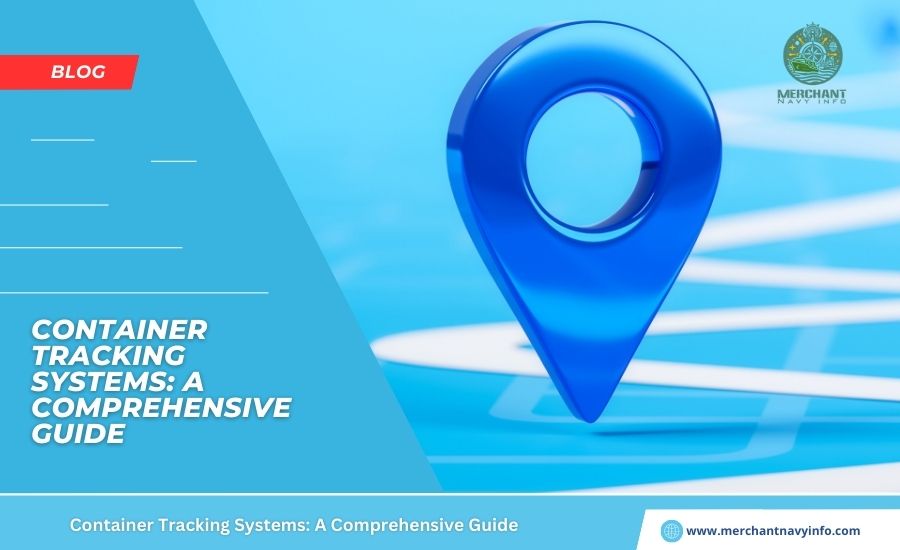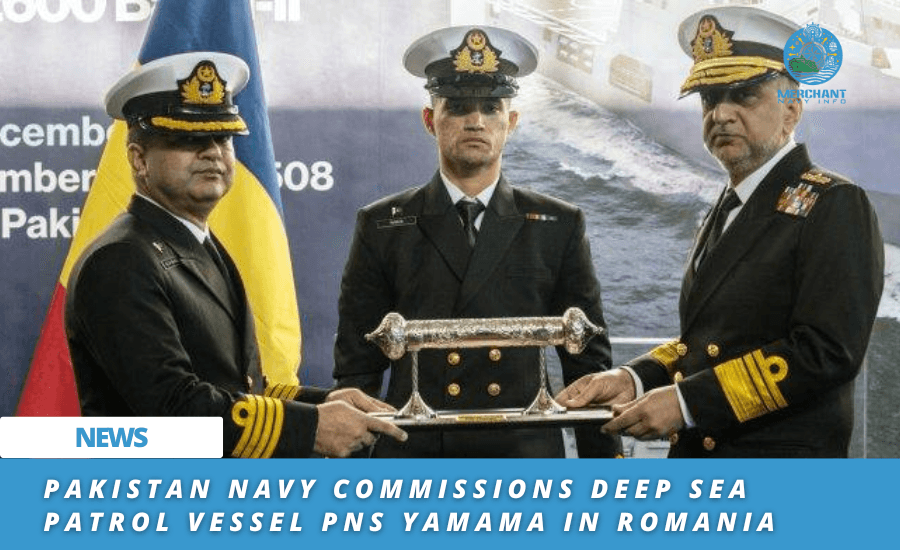
Searates container tracking is a big headache for most businesses. Fulfilling the global demand for quality goods means automating and improving the monitoring of all kinds of processes. These are necessary for international shipping. The international market for IT tools for logistics offers complete solutions to meet these needs. Nowadays, freight carriers and shippers worldwide can get the most accurate data on the location of a shipping container anywhere in the world.
What is the Significance of Searates Container Tracking?
Searates container tracking includes a set of measures aimed at providing all parties involved in the logistics process with thorough information about the container’s location, transportation status and shipping route. Ship tracking and cargo monitoring apply to processing a large amount of data from shipping lines and logistics providers for a particular shipment. These are compulsory measures during the transportation process that protect your investment. They also help to evade missing containers, delayed delivery, and other supply chain risks for which you should be equipped.
How Do Standardized Containers Revolutionize Global Trade?
AIS system
To track a container ship, the Automatic Identification System (AIS) automatically identifies it with related data. The International Maritime Organization has standardized AIS tracking for international shipping to enable and maximize shipment tracking.
Utilizing AIS data and logistics methods, parties can get refined vessel data, real-time container location, route information, and more.
Before AIS technology became widespread, the financial and time commitment needed to track ships was necessary. These AIS receivers immediately pick up radio waves from other AIS transmitter devices on ships. Thus, the location of cargos and other data is immediately indicated in real-time.
Container Tracking Devices (CTDs)
CTDs are one more way to track a container’s location. They have notable disadvantages compared to the power of the AIS system.
For reasons of economy and convenience in managing and carrying out cargo transportation. The SeaRates team does not suggest using Container Tracking Devices.
How to Track a Container?
Nowadays, finding a cargo container is simple and fast. Just having information that identifies a specific container is enough.
Container Number (CT)
Each carrying specific information:
- The first three letters signify the owner.
- Its Fourth letter indicates the category of equipment.
- The container owner determines the six-digit serial number.
- The last digit acts as a validity check for the complete number.
Based on the container number, the shipper and the carrier. Other parties in the supply chain might track the existing location of the container. They can also obtain the estimated date and time of arrival. Also thedeparture from the port can be tracked.
Bill of Lading (BL)
There are lots of important documents. One of them is the bill of lading. This notes down everything that is on the ship. It is also a lawful confirmation of the cargo transportation agreement.
The bill of lading has a unique identification number. The number tracks all things. The bill of lading number is allocated to the numbers of many different containers that can be tracked separately.
Booking Number (BK)
Container shipping companies provide shippers with a specific booking number generated by their vessel space booking system. A booking number can also be used to track a group of containers.
Tracking ID
Air shipments are tracked by special codes (numbers), such as Tracking ID and Air Waybill.
When transporting parcels by air, the carrier allocates a Tracking ID. This ID is used to track the movement of the materials. It also predicts the delivery time of these parcels.
Air Waybill (AWB)
The Air Waybill is a document allocated to the shipment to maintain track of the parcel and its handling. The document holds data on the airport of departure and arrival, the declared worth of the shipment (for customs procedures), a detailed description of the package, and other necessary details.
Tracking containers according to the above parameters allows you to respond quickly to cargo delays or losses throughout delivery. On carriers’ sites or platforms, every party in the supply chain can track and receive thorough data to plan their operations efficiently.
Tracking Containers’ Status Terms
To develop and manage data on the container shipping status and events recorded. The SeaRates team has provided the meanings of logistics terms below that describe changes and updates to the container’s transportation status.
For complete management of Port-to-port or Door-to-door shipments, the above matters are important for the timely planning of logistics operations. You ensure smooth cargo flow and convenient delivery to any destination by receiving and sharing all shipping data through your platform. So, how does the carrier get the container’s arrival time at the destination port?
Where to Track My Container?
Shipping Lines’ Websites
Shipping companies are constantly popularizing positive ways of interacting with shippers, such as the “Tracking my shipments” option on their websites. Logistics providers use the latest data from the SeaRates database to connect the Tracking System widget to their websites. Shippers can rapidly search for their shipments by container number. Thus, the demand for shipping services and customer interaction in the post-sale time increases.
Carriers and Freight Forwarders
Logistics providers get the chance to create their tracking tool that visualizes transportation methods and eases supply chain operations. Top-notch supply chain management is possible by quickly merging the container Tracking System API into your TMS, ERP, and CRM systems. Explore the options of providing shipping data for your business on our Developer Portal.
Searates Container Tracking System
This means there is a demand for separate data entries for searates container tracking.
You can find the proper location of your shipping containers, all events, and additional data for supply chain management by load, bill of lading, and booking number in real-time.
This will familiarize you with the functionality of the Tracking mechanism tool Version 3, which works with the newest data from 160+ carriers (including major shipping lines, the most well-known NVOCCs, and key market operators worldwide).
Conclusion
For any business, cargo movement operations need to be transparent and reliable. You will not incur more expenses due to cargo delays if we rely only on high spot-on shipping data.
The SeaRates team empowers logistics companies and other parties in the supply chain to gather and utilize precise data on the status of any shipment in real time.









